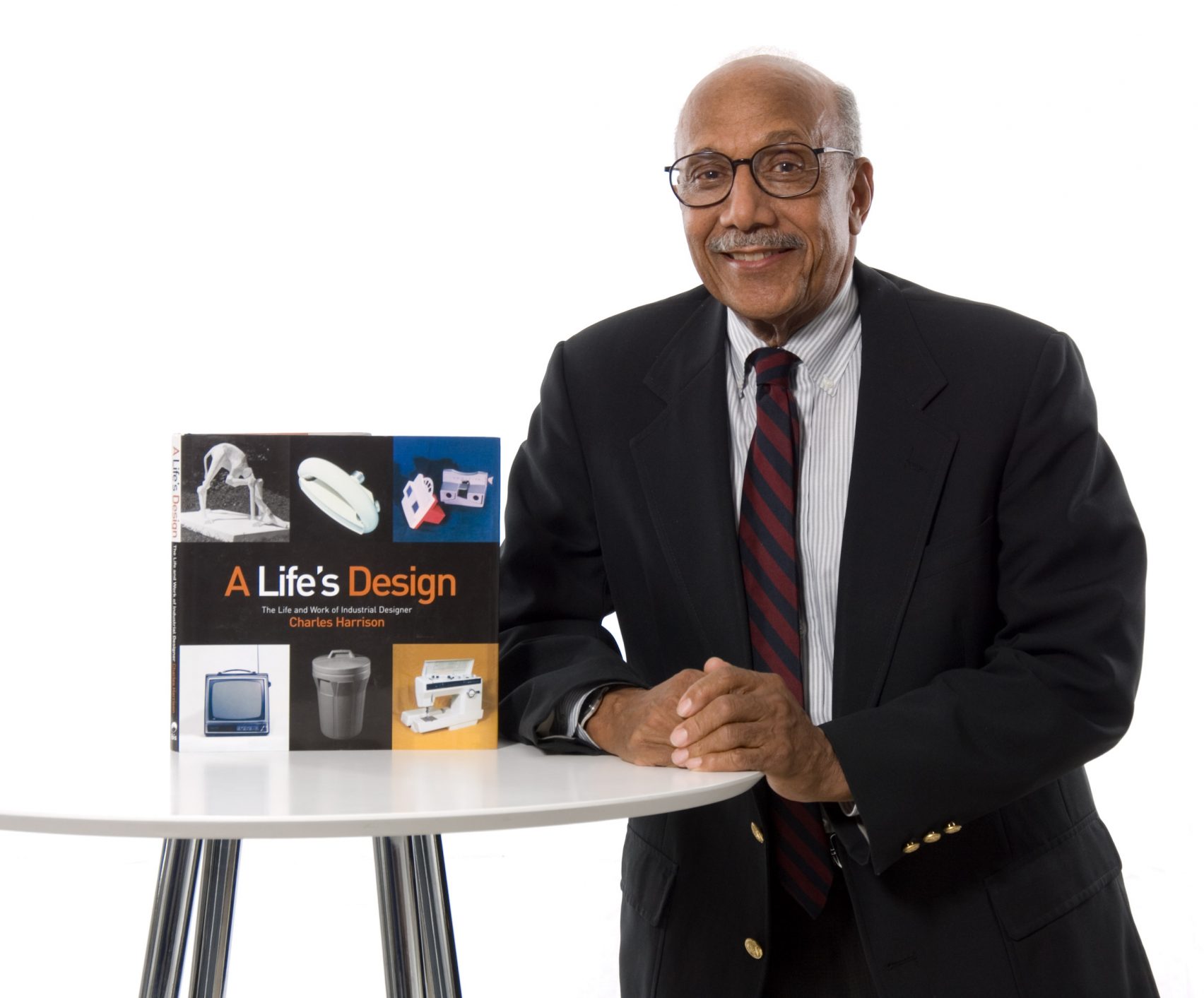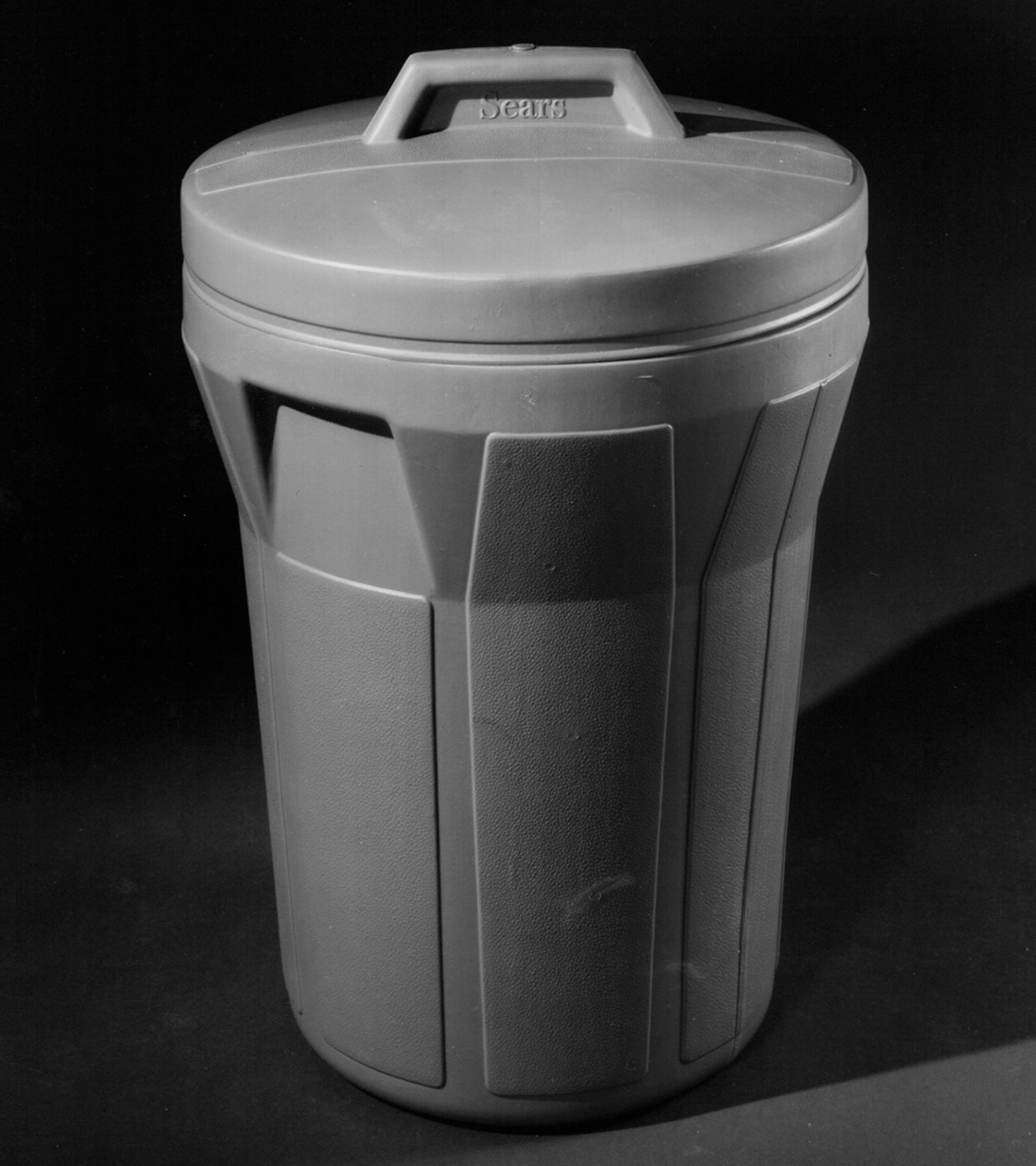Charles Harrison, an African-American designer reshaped the View-Master. He was no doubt one of the best industrial designers of the 20th century. He specialized in creating a range of practical household goods. To this day, Harrison’s innovation of consumer products is still used in many households.
He was born on September 23, 1931, in Shreveport, Louisiana to Charles Alfred Harrison Sr. and Cora Lee. His father taught industrial arts at Southern University, Prairie View A&M University, and at George Washington Carver High School in Phoenix, Arizona.
Harrison attended Carver High School and continued at City College of San Francisco in California. Over there, his talent for art was nurtured. He would receive a scholarship to the School of the Art Institute of Chicago (SAIC).
Harrison had been drafted into the U.S. Army and sent to West Germany. He left the Army when SAIC accepted him as a graduate student in industrial design, but according to the New York Times, Harrison dropped out of art school because he was broke and couldn’t find a job.
He said he had good references from professors, but when he showed up for openings and potential employers saw that he was black, “they suddenly no longer needed anyone.”

Sears had told him that the company had an unwritten policy against hiring African-Americans. However, the manager at the time seemed to like him so he gave him freelance assignments.
Breaking through racial barriers, Harrison rose to become the chief product designer for Sears, Roebuck & Company. He was the first black executive when he was hired at Sears headquarters in Chicago.
He was an industrial designer who remodelled a host of ordinary items, such as plastic trash bin on wheels, a see-through measuring cup and the 3-D View-Master. He was mentored by designer Henry Glass.
“What he strove to do with all of his designs was to make their use self-evident,”

In 1958 Harrison started working at Robert Podall Designs in Chicago, where he redesigned the View-Master toy, which became a worldwide success. By 1961, Harrison was working at Sears as the company’s first black design staff.
While Harrison worked at the company, most of the consumer products in the Sears catalogs had his design stamp on them, making the Model F View-Master his greatest achievement.
The View-Master took off as a toy. It appealed more to children and became a must-have for the baby-boomer generation. Sales boomed. However, for Harrison, his 1963 design of polypropylene garbage can with a snap-lock lid stood out.

This particular design is reportedly the first-ever plastic rubbish bin. Before that, the garbage cans were made of galvanized steel. “No more clang-clang of metal before breakfast,” Harrison said of his achievement.
In collaboration with Ted Nishigami from Japan and Kenneth Grange from the UK, Harrison also created a sewing machine for travelling, reducing the traditional size by one quarter.

He basically used new manufacturing processes to come up with lighter and cheaper household products like blenders, baby cribs, portable hair dryers and many more.
Harrison said he learned to appreciate how things were built from his father, who was also a carpenter. He learned to appreciate design in flowers and plants or even a streambed from his mother and nature.
In 2008, the Cooper Hewitt design museum in New York in its citation about Harrison on receiving the National Design Award for Lifetime Achievement, said: “He improved the quality of life of millions of Americans through the extraordinary breadth and innovation of his product designs”.
In 1993, Harrison retired from Sears and went into teaching. He taught industrial design at the University of Illinois and Columbia College Chicago.
According to reports, by the time Harrison retired from Sears as the lead of the company’s design team, he had just about 750 designs of everyday objects to his credit. After suffering from a bacterial infection, Harrison passed away on November 29, 2018, in Santa Clarita, California at the age of 87.










